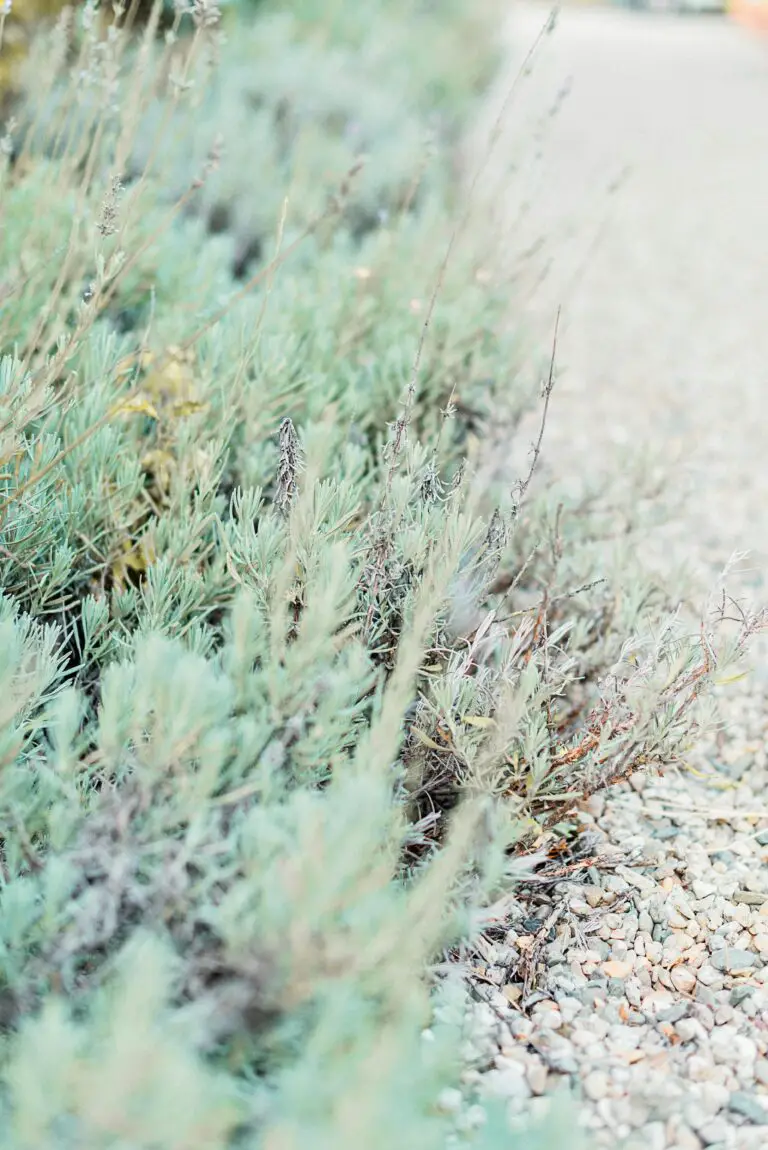Introduction to Sedum Plants
Ever felt like your garden could use a dash of charm without the high maintenance? Welcome to the world of sedums, or as some like to call them, stonecrop. Recognized for their hardiness and ornamental allure, sedums have quickly captured the hearts of green thumbs and professional landscapers alike.
Picture this: a vibrant, drought-resistant plant that can thrive just about anywhere – from rock gardens to wall crevices. Sounds like a dream, right? But it’s not just a fantasy; it’s the reality of sedums. Their adaptability makes them the go-to solution for that sunny, difficult-to-plant area in your yard. And let’s not overlook their succulent leaves, which come in a spectrum of colors and shapes, adding texture and depth to your garden composition.
Whether you’re an experienced gardener or someone new to the foliage game, sedums provide immediate gratification with minimal fuss. Imagine effortlessly relocating them around your garden to suit the season or your latest design whim. That’s the beauty of sedums – they keep up with your creativity while forgiving your forgetfulness when it comes to watering.
Now, for anyone wondering about the ‘stonecrop’ moniker, it stems from the plants’ ability to flourish even in rocky soil, just like a crop emerges from fertile land. This exceptional survival skill, coupled with a dazzling array of blooms, makes sedums a standout performer in any botanical lineup.
Have I piqued your interest yet? Stick with me, and we’ll delve deeper into why sedums deserve a spot in your personal plant paradise and where you can snag these versatile vegetations for your garden. Just remember, while sedums are easy to love, they’re not the only stars in the succulent sky.
Sedum Varieties: A Spectrum of Choices
Imagine a carpet of color cascading across your garden beds, or robust succulents that stand tall, defying the summer heat. These aren’t just daydreams; they’re real-life examples of the beauty that sedum species bring to your outdoor haven. You might be familiar with the classic ‘Autumn Joy’ variety, but let’s spread those garden wings and explore the vivid world of sedum plants!
Ground Covers: Sedum’s Natural Tapestry
For those looking to inject some easy-care liveliness into their gardens, ground cover sedums are the perfect choice. Imagine ‘Dragon’s Blood’ sedum, with its fiery-red blooms, creating a sizzling ground-level show. Or the ‘Angelina’ sedum, with electrifying golden-yellow foliage that hugs the earth, capturing every gleam of sunlight. The varieties are endless, and you’ll discover that these low-lying beauties are more than just pretty faces; they’re tough as nails and can handle drought conditions with a stubborn resilience that’s both remarkable and inspiring.
Elevate Your Garden: Trailing Sedum Varieties
Not all sedums are content to stay at your feet. Trailing sedums bring a vertical dimension to your garden’s aesthetics. Imagine them spilling over the edges of a stone wall or cascading out of a hanging planter – they add a sense of movement and grace. ‘Burro’s Tail’ and ‘String of Pearls’ evoke a whimsy that’s hard to replicate with other species. Each tendril is like a story, reaching down and drawing the eye with it – a truly captivating garden feature.
Upright Sedums: The Silent Sentinels
Then, there are the upright sedums, the stoic centurions of the garden. With sturdy stems that reach for the skies, they command attention. Plants like ‘Matrona’ with its dusty pink flowers and strong, dark stems, become the envy of every garden statue. They offer a robust presence among the flutter of delicate bedfellows, standing tall and proud, come rain or shine.
Choosing the right sedum isn’t as daunting as finding mythical creatures in the wild. In fact, it’s quite the opposite. Enthusiasts can discover sedum options online, where there’s a virtual nursery at your fingertips. From robust veterans of the sedum world to newly minted hybrids, there’s never been a better time to expand your collection.
And if you’re eager to see these sedums in action, why not take a visual journey through “Sedum Varieties A to Z”? This delightful visual guide showcases the incredible diversity of the genus Sedum, providing inspiration for every gardener.
${embed_code}
Nurseries vs. Online Shops: Where to Find Sedums
Stepping into the vibrant world of Sedum Sanctuaries, one can’t help but wonder, where’s the best place to acquire these colorful, hardy beauties? Sure, you’ve got options, but let’s dice ’em up and see whether local nurseries or online shops should be your go-to.
Local nurseries are like treasure troves for green thumbs. Imagine walking in, a feast of colors greeting you, the sweet earthy fragrance, and rows upon rows of radiant sedums, each vying for your attention. It’s a real-deal sensory experience. Plus, chatting with seasoned nursery staff? Priceless! They’ve got the lowdown on what sedum works best for your local climate and your garden’s light conditions. And let’s not forget, you can eyeball each sedum, ensuring you’re bagging a plant in tiptop health. No surprise pests or diseases hitching a ride to your garden sanctuary!
Now, let’s pivot to the digital realm – online retailers. Click, click, and a cart full of sedums is on its way to your doorstep. No doubt, it’s convenience at your fingertips. The variety, oh, the variety! It’s like flipping through a sedum encyclopedia. But here’s the rub – photos can be deceiving, and what lands on your porch might not match the vibrant image you clicked on. And shipping? It’s rough on the little guys. Even the hardiest of sedums might throw a leafy tantrum after a bumpy, dark ride inside a box.
So, here’s what’s up. If you’re itching for that instant connection with your plants and a chance to support local businesses, nurseries are your jam. On the flip side, if you’re chasing that rare, elusive sedum variety, or you’re all about shopping in your PJs, online retailers have got your back. Just remember, whether you choose to stroll through green aisles or scroll through digital catalogs, the health and diversity of your burgeoning sedum collection are what’s at stake.
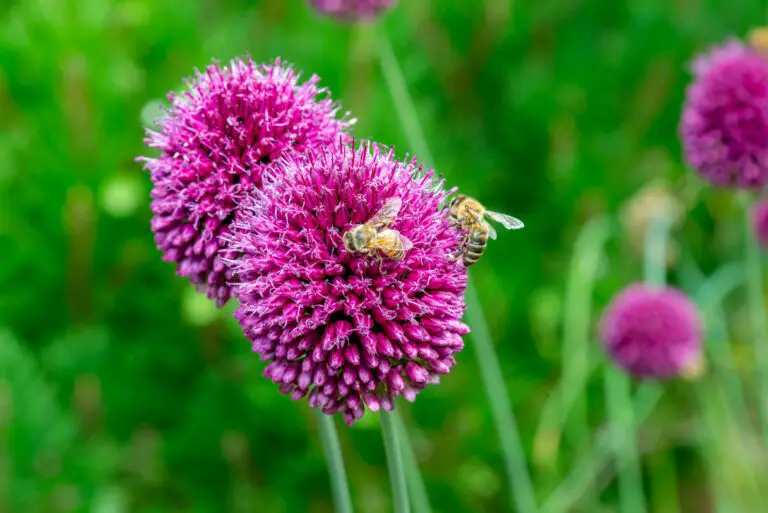
Want more insights on keeping your sedum happy? Don’t miss our thorough guide on seasonal sedum care, which can help you decide between a nursery-bought charmer and an online-delivered enigma. Check out our article, “When to Trim Sedum Plants: Seasonal Care Tips,” for expert advice on nurturing your succulent friends.
Online Sedum Sellers: A Curated List
Embarking on your quest for the ideal sedum companion for your garden? You’re in luck! We’ve combed through the digital underbrush to bring you a handpicked selection of the greenest, most reliable online nurseries brimming with verdant varieties of sedum plants. Whether you’re cultivating a rooftop refuge or a backyard botanic nook, these virtual vendors have got you covered.
Picture this: you’ve found the perfect spot in your garden, and you’re dreaming of a tapestry of sedums to grace it. Now imagine clicking through pages of lusciously photographed succulents, all available for you to bring home with just a few clicks. That’s the convenience of shopping for sedum online. From the frosted leaves of ‘Autumn Joy’ to the starry blooms of ‘Dragon’s Blood,’ your future garden stars are just a screen away.
“But how do I care for them once I get them?” you wonder. Fear not, for we’re here to help you nurture your new leafy friends. Take a leaf out of our book, or rather, take a peek at this helpful video on sedum care tips to ensure your succulent buddies thrive:
Speaking of nurturing, wouldn’t it be great to get insights into the timing of your sedum projects? Look no further than our detailed gardening tips, where you’ll discover when and how to coax the best out of your sedum throughout the seasons.
Now, let’s talk about diversity. These online nurseries don’t just offer a single specimen; they’re a treasure trove of varieties, each with its own character and charm. You can choose from groundcover varieties that hug the earth or upright types that stand tall like botanical sentinels in your garden army. With detailed descriptions and care instructions, these shops make selecting the right plants as easy as appreciating their beauty.
Every sedum has a story, and your garden’s narrative is waiting to unfold with every plant you select. Ready to turn the page? Embark on your gardening journey with confidence, knowing that somewhere out there, your perfect sedum is just a click away.
The Perks of Purchasing Sedums Locally
Imagine this: a kaleidoscope of sedums, each variety more vibrant than the last, nestled in the familiarity of your community’s nursery. That’s the beauty of buying locally. When you take the time to seek out these succulent gems closer to home, you’re doing more than just adding to your garden—you’re sowing seeds of support for your local economy.
There’s a special kind of joy in strolling through local nurseries, where the air is sweet with soil and growth. Here, you are not just a customer, but a neighbor, a friend, a part of the very fabric that makes the community thrive. Each sedum purchased is a handshake with the grower, a vote of confidence in their craft, and an investment in the horticultural heritage of your hometown.
Real-life examples shine a light on the value of this choice. Take, for instance, the Jones family, who found their perfect sedum—the ‘Autumn Joy’—while visiting their local garden center. Not only did they get to handpick the most robust plant, but they also left with invaluable tips on care and propagation directly from the experts. Or consider the community garden project that rallied residents to add sedums in public spaces, thereby beautifying the area and fostering a greater sense of pride and togetherness.
Finding the Best Local Nurseries and Plant Shops
So how does this translate into your own search for the perfect sedums? It means asking around, tapping into gardening groups, and perhaps most exciting—exploring the nurseries and plant shops you haven’t yet discovered. It’s about enjoying the tactile experience of selecting your sedum in person, building relationships with plant aficionados, and yes, even snagging some gorgeous varieties that might not be available online.
To aid your journey, take a peek at this informative video:
The next time your fingers itch to create a sedum sanctuary, consider the local route. You’ll not only witness the splash of color and life they bring to your space but also join a wave of gardeners who understand the ripple effect of keeping it community-centric. And who knows—the best sedums might just be a stone’s throw away, waiting to grow with you and your neighbors.
Making the Right Choice: Tips for Selecting Sedum Plants
When embarking on the quest to find the perfect sedum plant for your garden oasis, consider it akin to matchmaking; you’re seeking a leafy companion that will thrive in the unique microclimate you’ve curated. You wouldn’t pair a desert cactus with a rainforest fern, right? The same goes for selecting your sedum. Consider this your comprehensive guide to finding the ‘The One’ among the sedum species.
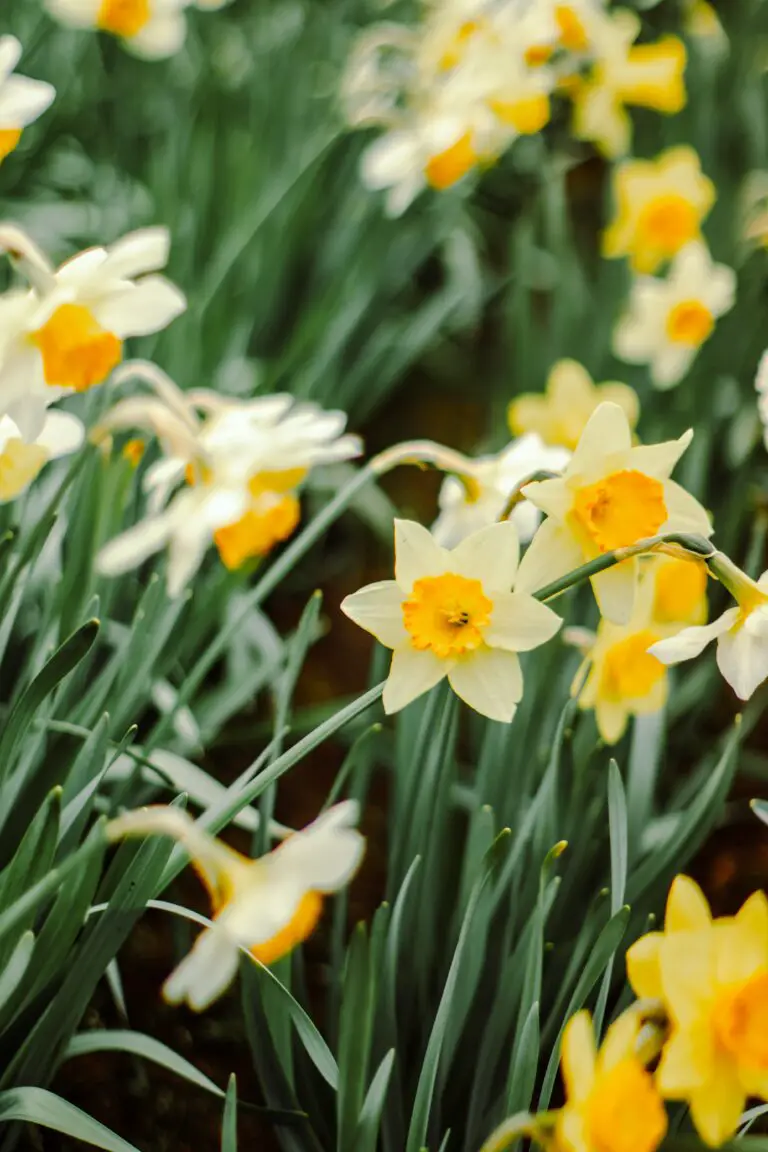
First, evaluate your garden’s sun exposure. Sedum plants, also known as stonecrops, are sun-loving troopers, but some varieties can stomach a bit of shade. Do you have an area that basks in full sunlight, or do you have a dappled garden corner? Determining the sunny spots and the shady nooks is your first step towards a successful sedum selection.
Next, assess the soil situation. These plants are not fussy about fertility; they have a reputation for growing in less-than-ideal soil conditions. However, what they do insist on is excellent drainage. Heavy, waterlogged soil? A sedum might just shake its head at you. Consider amending your soil with gravel or sand to create a well-draining paradise for these succulent beauties.
Another critical factor is your climate zone. Sedum plants are champions of resilience and can weather various conditions, but they have their limits. Some can soldier through biting cold winters, while others prefer the mildness of temperate regions. Know your zone and pick a sedum that will look at the snow or sizzle of summer and say, “Is that all you’ve got?”
Let’s talk maintenance. Are you a garden enthusiast who loves daily check-ins with your leafy friends, or do you prefer a more hands-off approach? Sedums are generally low-maintenance, but even among the laissez-faire, there’s variety. Some sedums form tight ground covers that rarely need intervention, while others, standing tall, might need a bit of guidance to keep them from flopping over. Choose a plant that fits your gardening style.
Now, imagine strolling through your local nursery, the earthy aroma of mulch in the air, a symphony of birds accompanying your plant perusal. Picture the textures and hues of different sedum varieties—the waxy rosettes of ‘Autumn Joy’, the frosted foliage of ‘Cape Blanco’, or the ruby red pillows of ‘Dragon’s Blood’. Which one speaks to you? Selecting a sedum is also about the visual joy it brings to your landscape. Choose a variety that resonates with your garden’s color palette and textural scheme.
Incorporate real-life examples—visualize the low-growing ‘Blue Spruce’ sedum creeping around the edges of your stone pathway, intermingling with river rock. Envision ‘Gold Mound’ sedum as a vibrant contrast to dark mulch, with its golden foliage illuminating the garden like a sunburst. By imagining these scenes, you’re not just choosing a plant; you’re crafting a living picture that will captivate and charm.
Choosing the right sedum is a blend of practical considerations and personal aesthetics. It’s about understanding the botanical backbone of these plants and how it meshes with your garden’s unique environment and your preferences. Pay attention, and you’ll be well on your way to establishing a sedum sanctuary that is both resilient and ravishing—a true testament to the harmonious union of nature’s diversity and your gardening prowess.
Caring for Your Newly Acquired Sedum
So, you’ve brought home a spirited sedum, a living mosaic of fleshy leaves and a star performer in any garden! These succulent perennials are not just a feast for the eyes; they’re champions of resilience—thriving with minimal fuss. Let’s dive into the basics of sedum caress and turn your thumbs greener than the jade-like foliage of your new botanical buddy.
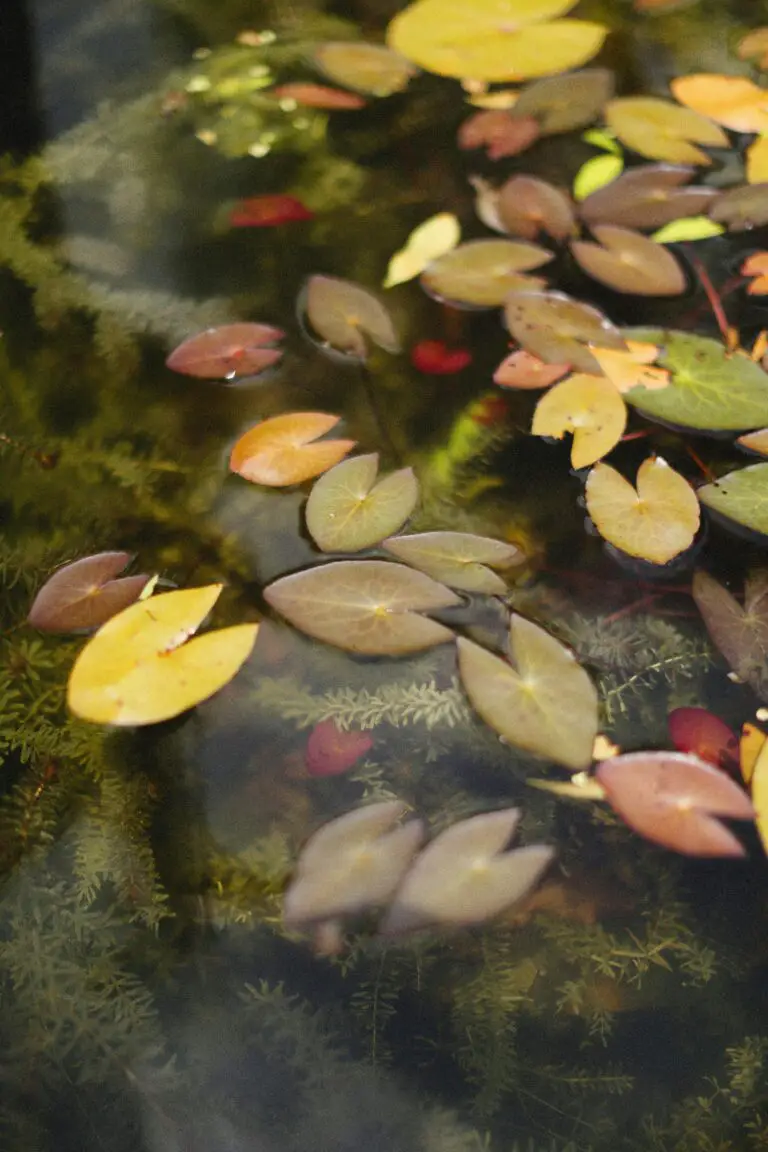
Sunlight: A Sedum’s Best Friend
If sedum plants had a dating profile, sunlight would be listed as their perfect match. These sun-seekers crave the golden rays and will bask in them as if they’re lounging on the beaches of the Riviera. Aim for a spot that receives at least 6 hours of direct sun a day. But, if you live in a particularly hot clime, a bit of afternoon shade will prevent your sedum from turning into a crispy critter.
Water Wisdom: When to Quench Your Sedum’s Thirst
Your sedum isn’t fussy. It doesn’t dream of tropical rainfalls or misty mornings. In fact, it prefers to stay on the dry side. Water sparingly and let the soil dry out completely between watering rounds. Picture a cactus in a cowboy hat, sitting by a campfire—that’s the level of drought tolerance we’re talking about! Overwatering? Now, that’s the true nemesis of a sedum’s tale.
Soil Secrets: The Foundation of Sedum Survival
Last but never least, let’s talk soil. Sedum doesn’t need the silks and satins of the soil world—it’s all about that gritty, well-draining texture. Think of the kind of soil that would make a hardy mountain plant give a nod of approval. That’s right, a soil mix that says “goodbye” to water faster than a duck’s back. If your garden soil is denser than a fruitcake, consider raising your garden bed or opting for pots with drainage holes faster than you can say “permeability.”
And there you have it—basking in brightness, sipping sparingly, and standing on stone-like soil—a simple prescription for your sedum sanctuary.
Sedum Propagation: Expanding Your Collection
Have you ever marveled at the resilience and beauty of sedums? These versatile succulents are not only a feast for the eyes but also a breeze to propagate. If you’re looking to expand your sedum sanctuary without breaking the bank, you’re in for a treat! Let’s delve into the simplicity of sedum propagation that turns one plant into many, ensuring your garden stays lush and vibrant.
Division: Sharing the Wealth of Sedums
Imagine your sedum as a treasure that keeps on giving. Once it reaches a suitable size, you can simply split the plant’s root system, creating new, independent clusters. Spring and autumn are the ideal times for division, promoting rapid recovery during mild weather. It’s like sharing a slice of Mother Nature’s pie – every piece contains the promise of new growth.
Leaf Cuttings: Sedum’s Magical Regeneration
Like a phoenix rising from the ashes, sedum leaves can give rise to new life. Gently twist a healthy leaf from the stem and lay it atop a well-draining soil mix. In just a few weeks, witness the birth of tiny roots and shoots, signaling the start of a new sedum era. This method is so straightforward; it feels like a botanical magic trick!
Stem Cuttings: The Fast Track to More Sedums
If patience isn’t your strong suit, stem cuttings are your go-to method for sedum proliferation. Snip a healthy stem, remove the lower leaves, and insert it into the soil. Presto! Within days, the stem adheres to its new home, setting down roots and asserting its place in your garden. This rapid method feels like hitting the fast-forward button on your sedum’s life cycle.
Let’s take a story from Carla, a seasoned gardener, who turned a single ‘Autumn Joy’ sedum into a sweeping display of fall color. She started with a few stem cuttings, nurtured them with tender care, and soon had enough plants to edge her entire walkway. The spectacle of vivid blooms became the talk of the neighborhood, all thanks to the prolific power of propagation!
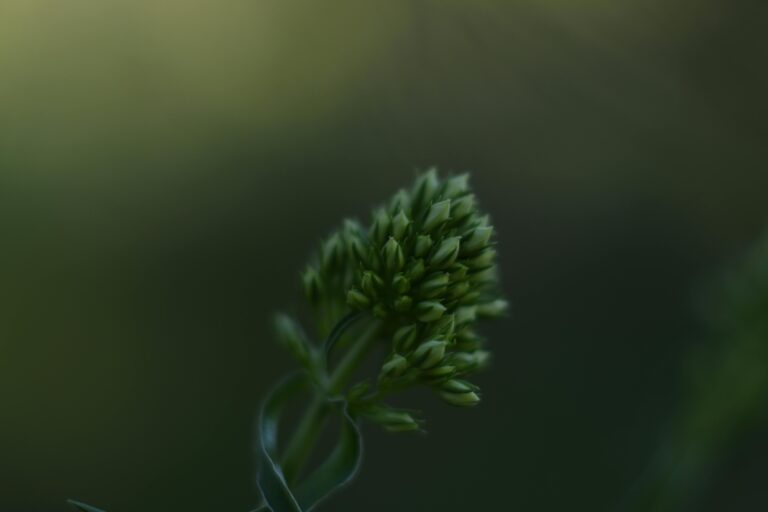
Armed with these techniques, you’re set to transform your space into a sedum showcase. Propagation is not just about growing plants; it’s about sharing and spreading the joy of gardening. So why not invite friends over and turn it into a propagation party? The more, the merrier, as they say—especially when it comes to the ever-generous sedum.
Frequently Asked Questions
Welcome to the vibrant world of sedums, where gardening meets simplicity and beauty. Our inquisitive readers often have a handful of questions regarding these hardy succulents, and we’re here to shed some light on them!
What are some low-maintenance sedum varieties?
For gardeners who admire the ‘plant and forget’ approach, sedum varieties like Sedum spurium ‘Dragon’s Blood’ and Sedum reflexum ‘Blue Spruce’ are true gems. These ground covers not only add a splash of color to your garden palette but also demand very little attention, thriving even when slightly neglected.
Can sedum plants survive in shaded areas?
Imagine a tranquil corner of your garden where the sun shyly peeks through the foliage. Yes, sedum can grace even these spots with its presence. Varieties such as Sedum ternatum and Sedum makinoi ‘Ogon’ can adapt to partial shade, although they truly bask in glory when the sunlight touches them.
How often should I water my sedum plants?
Overwatering is a sedum’s kryptonite. These drought-tolerant plants prefer to stay on the dry side, much like a cactus yearning for the desert sun. A good soak every couple of weeks is sufficient, letting the soil completely dry out in between. It’s the perfect plant for those who love to travel – your sedums will eagerly await your return, with no signs of thirst.
Are sedum plants resistant to pests and diseases?
As if designed by nature to be the ultimate carefree plant, most sedums possess a natural resistance to pests and diseases. Their thick, succulent leaves are like a fortress, warding off unwanted invaders more effectively than some chemical treatments.
Can I grow sedum plants indoors?
Yes, and they make charming roommates! If you’ve got a sunny windowsill that’s feeling a little lonely, a small pot of Sedum morganianum, also known as “Burro’s Tail,” will drape elegantly as it grows, bringing a touch of nature’s whimsy indoors.
